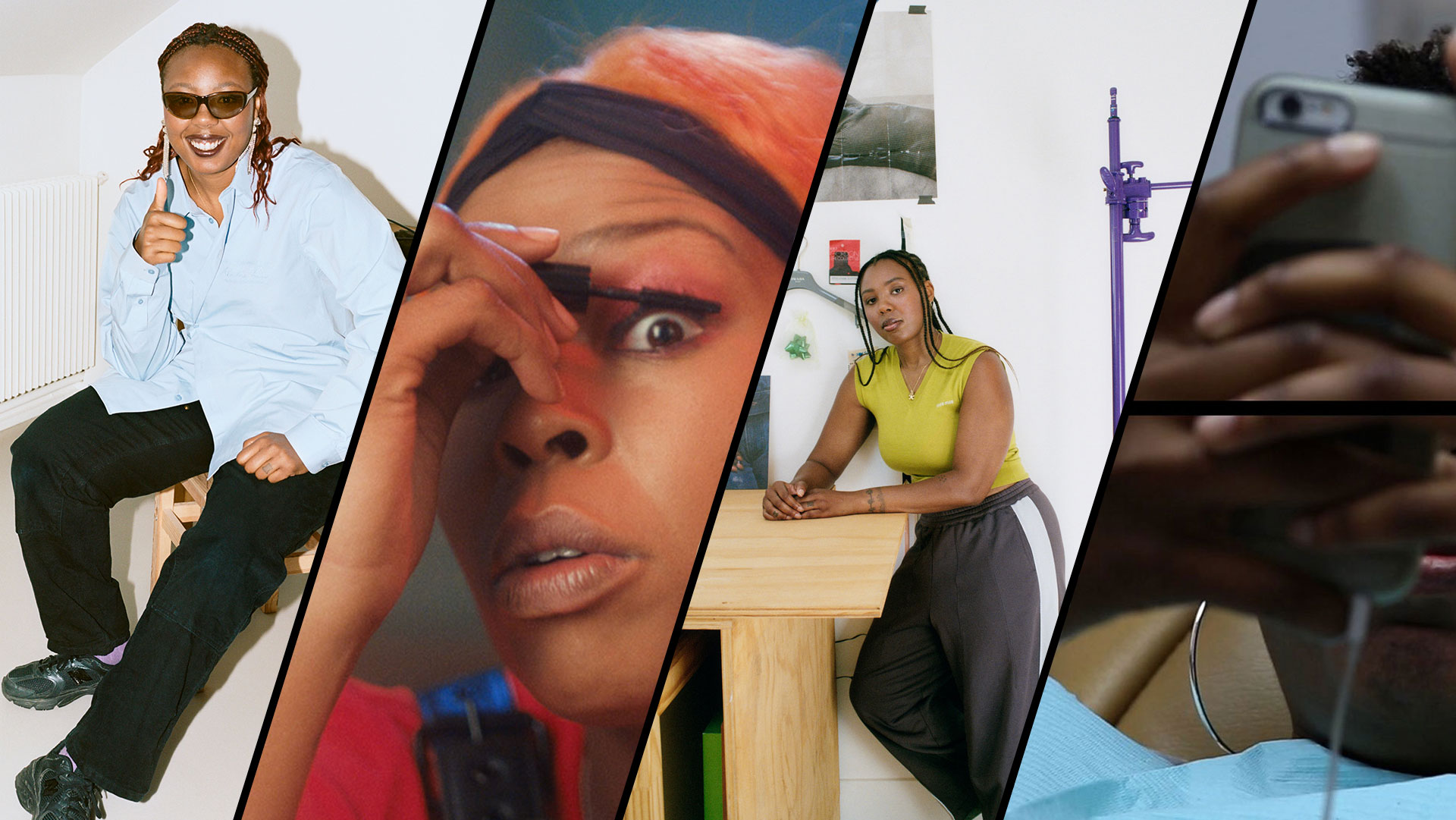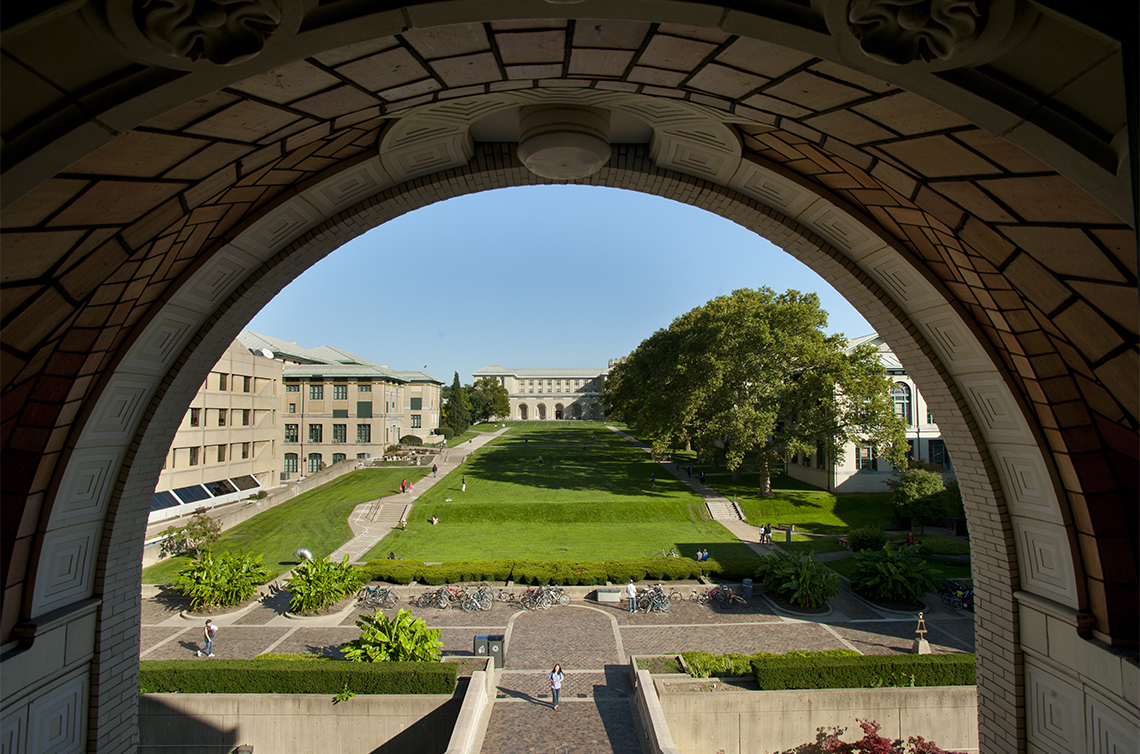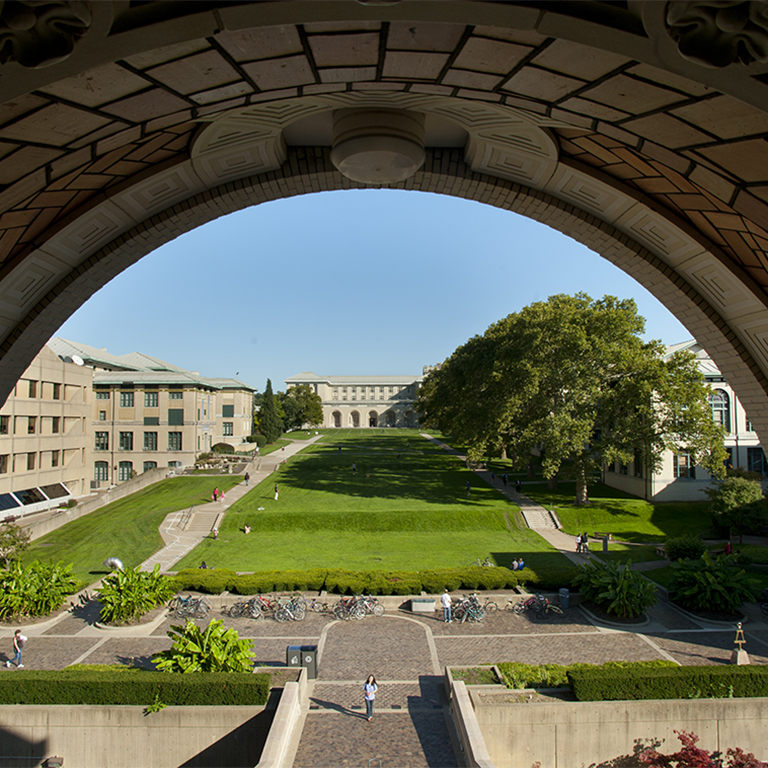
Don’t miss our February 18 talk at CMU’s McConomy Auditorium, featuring groundbreaking artist Martine Syms in conversation with Head of School Charlie White.
By Head of School Charlie White
As a powerhouse artist, writer, and performer who thrives at the intersections of mediums, Martine Syms brings a unique perspective to our current moment, where the boundaries between identity, politics, and culture are constantly blurred and mediated through a digital lens. I often hear students express their desire to blend interests — art, film, music, technology — into a cohesive practice that speaks to the complexities of today’s world. Syms embodies this fusion beautifully, with a remarkable ability to critique, reimagine, and reshape how we experience art — just a small glimpse of which I reflect a bit more on below.
The excitement for Syms’ visit to CMU has been building across our School and Pittsburgh for weeks, culminating when she’ll join me for a public talk on February 18. I’m humbled by the opportunity to host this conversation, and my hope is that our students and the broader Pittsburgh community will see it as more than just a chance to learn about her remarkable practice — but as an invitation to rethink what art can be. I hope you’ll join us.
The African Desperate, 2022
Co-written with Rocket Caleshu and starring artist Diamond Stingily, Syms’ debut feature film follows Palace Bryant, a young Black woman navigating a chaotic, surreal journey from upstate New York to Chicago on the day of her MFA graduation. Its fragmented, nonlinear narrative mirrors Palace’s attempts to reconcile artistic ambition with questions of belonging, identity, and self-definition. Syms’ own journey — from her Los Angeles roots to the School of the Art Institute of Chicago to her MFA program at Bard College — is rich source material for the film’s playful, sharp, and at times searing critique of the art school world.
MAKTUB, 2024
One of the striking things about Syms’ work is her ability to reframe commercial media — from advertising to music videos — as a platform for social and political commentary. In this music video for Grammy Award-winning artist Gary Clark Jr., Syms transforms classic road movies and high-speed chase scenes into a metaphor for navigating a shifting world. As Clark races a vintage Mustang toward an unknown destination, archival footage intersects with the present day, building to a cinematic scale that amplifies the power of Clark’s politically charged lyrics: “We’ve come too far for ourselves to look back and say that’s the way it went” — or perhaps more urgently, “Time for a new revolution.”
The Mundane Afrofuturist Manifesto, 2013
“The most likely future is one in which we only have ourselves and this planet,” Syms wrote in the Mundane Afrofuturist Manifesto in 2013. At its core, the manifesto challenges the escapism often found in Afrofuturism — arguing there is no place for interstellar travel or a sudden end to racism. Instead, it proposes a future grounded in the realities of everyday life. Since its release, the manifesto has taken on multiple forms: as a sound work released on vinyl in 2014, as the focus of the 2017 PBS Artbound episode “The Mundane Afrofuturist Manifesto,” and as a conceptual foundation for the 2019 exhibition Colored People Time at the Institute of Contemporary Art in Philadelphia.
Join us on February 18 at 5:30 pm in McConomy Auditorium to hear artist Martine Syms in conversation with Head of School Charlie White. Full details here.




